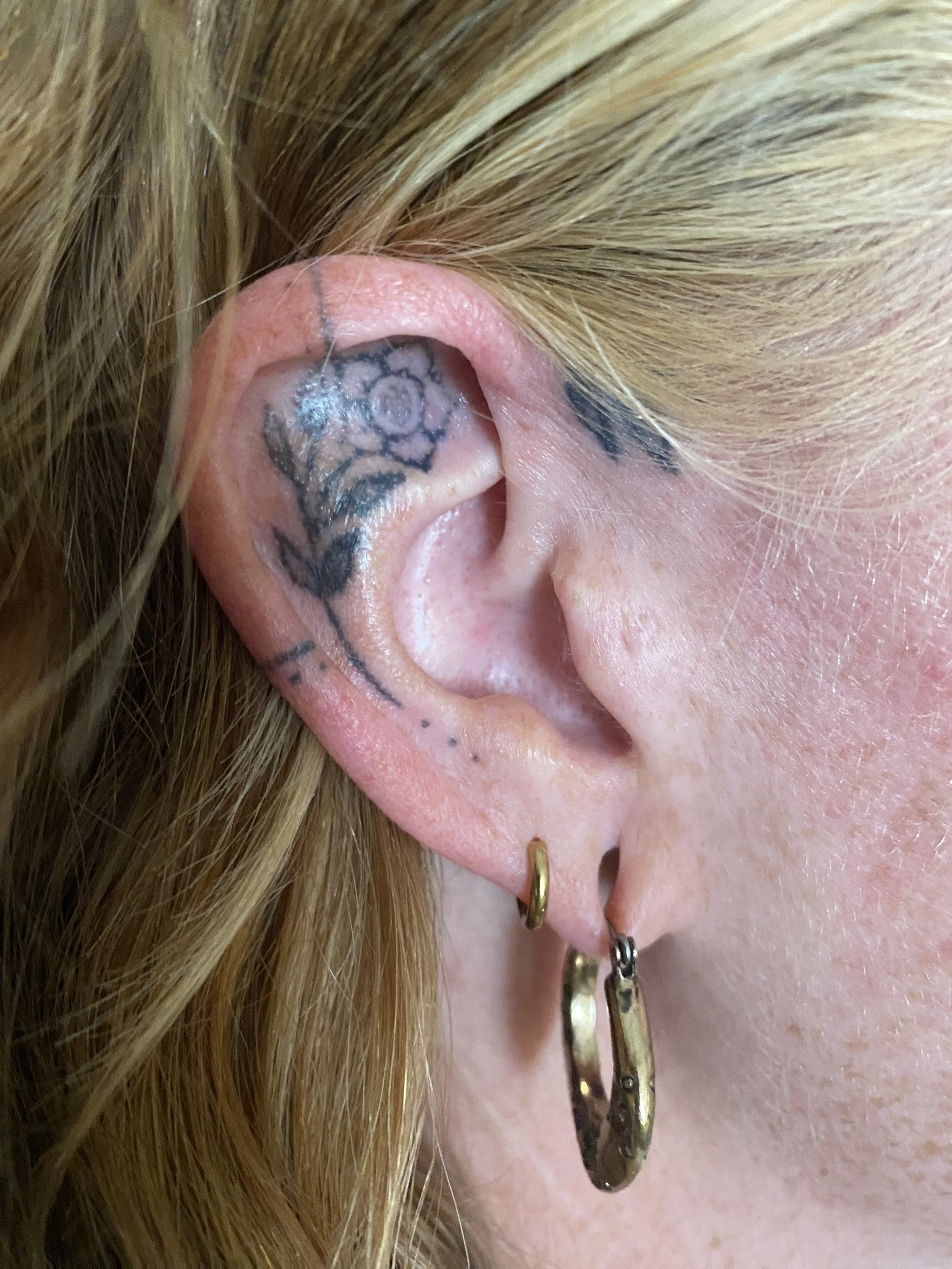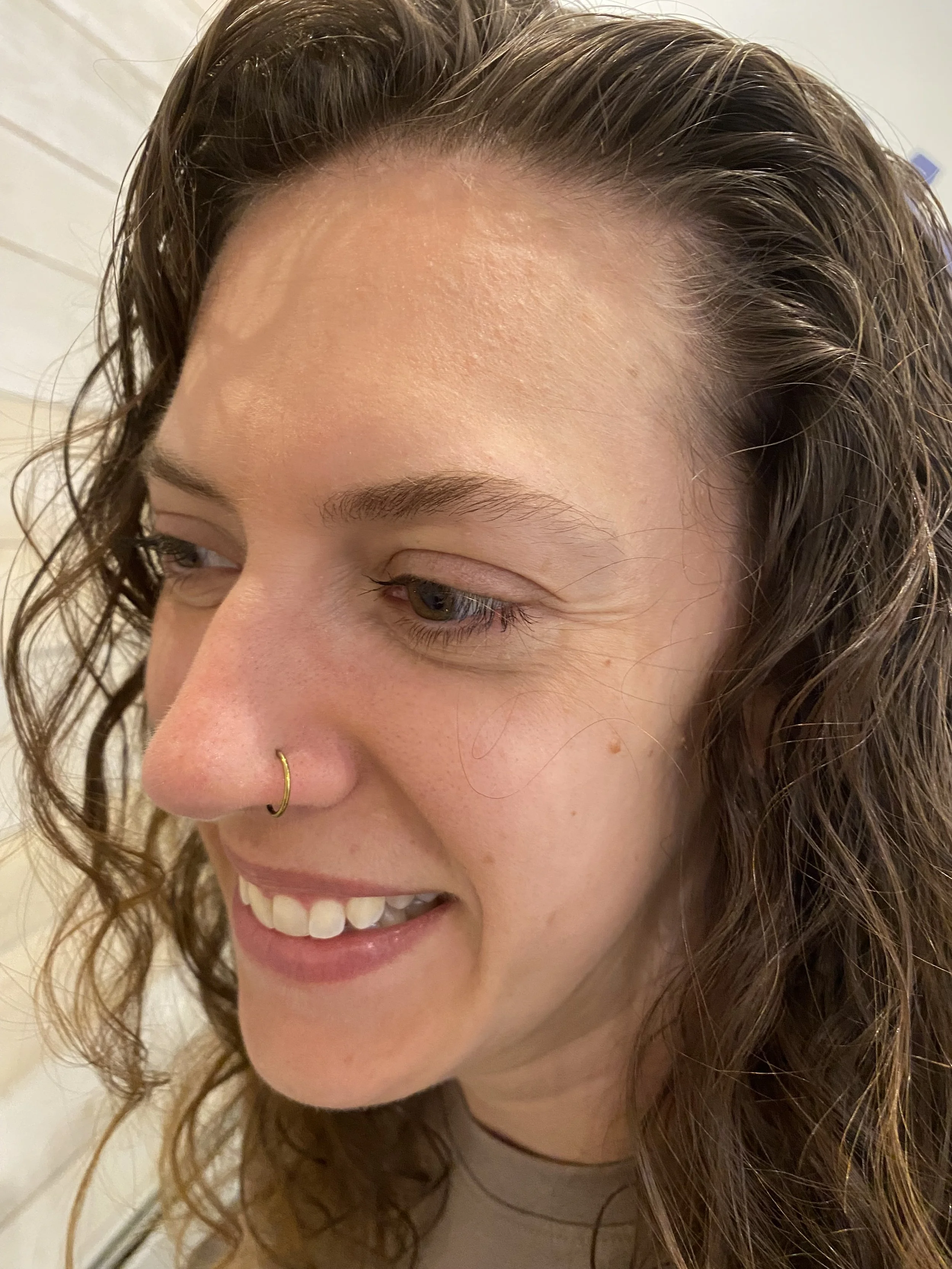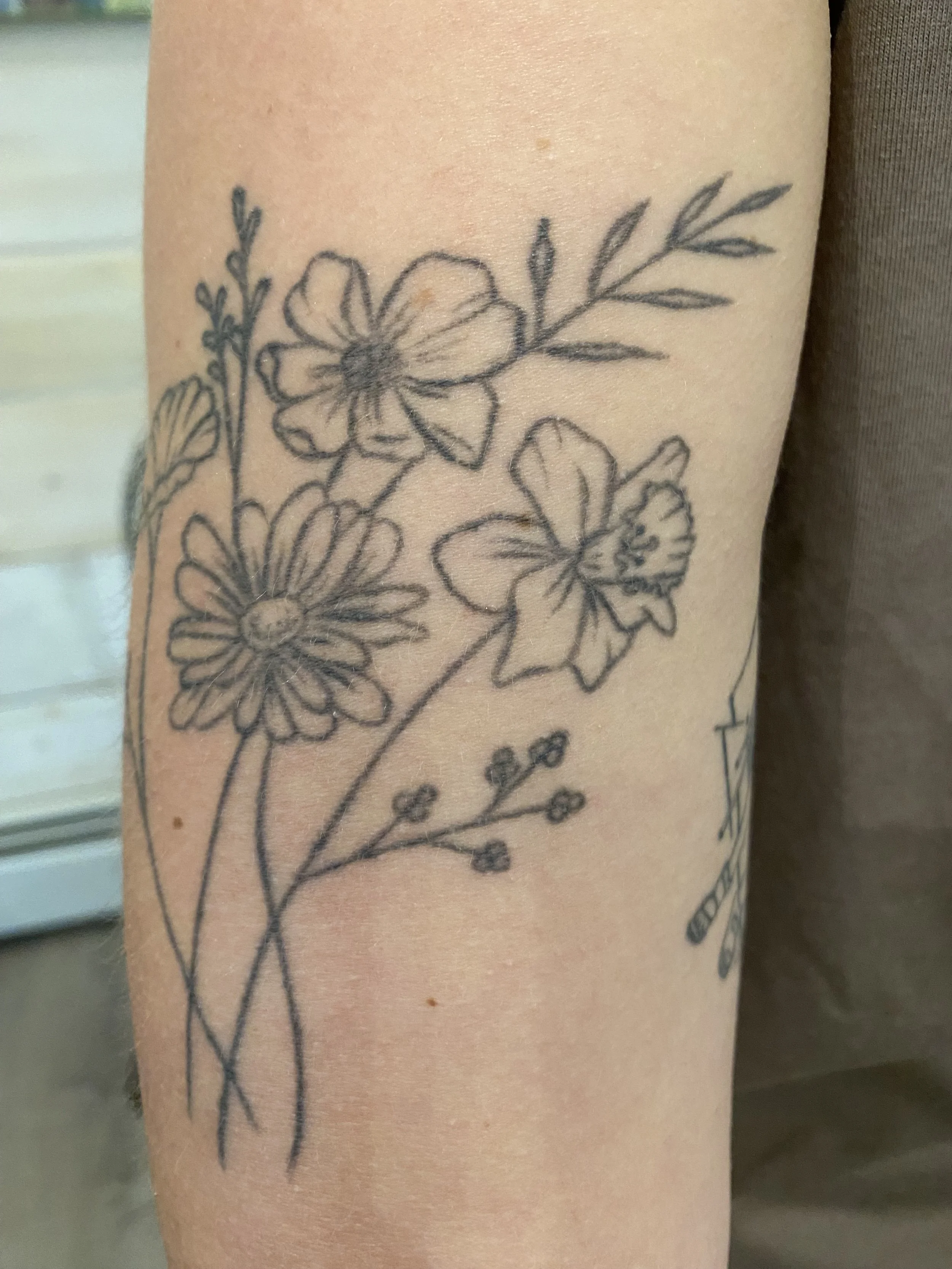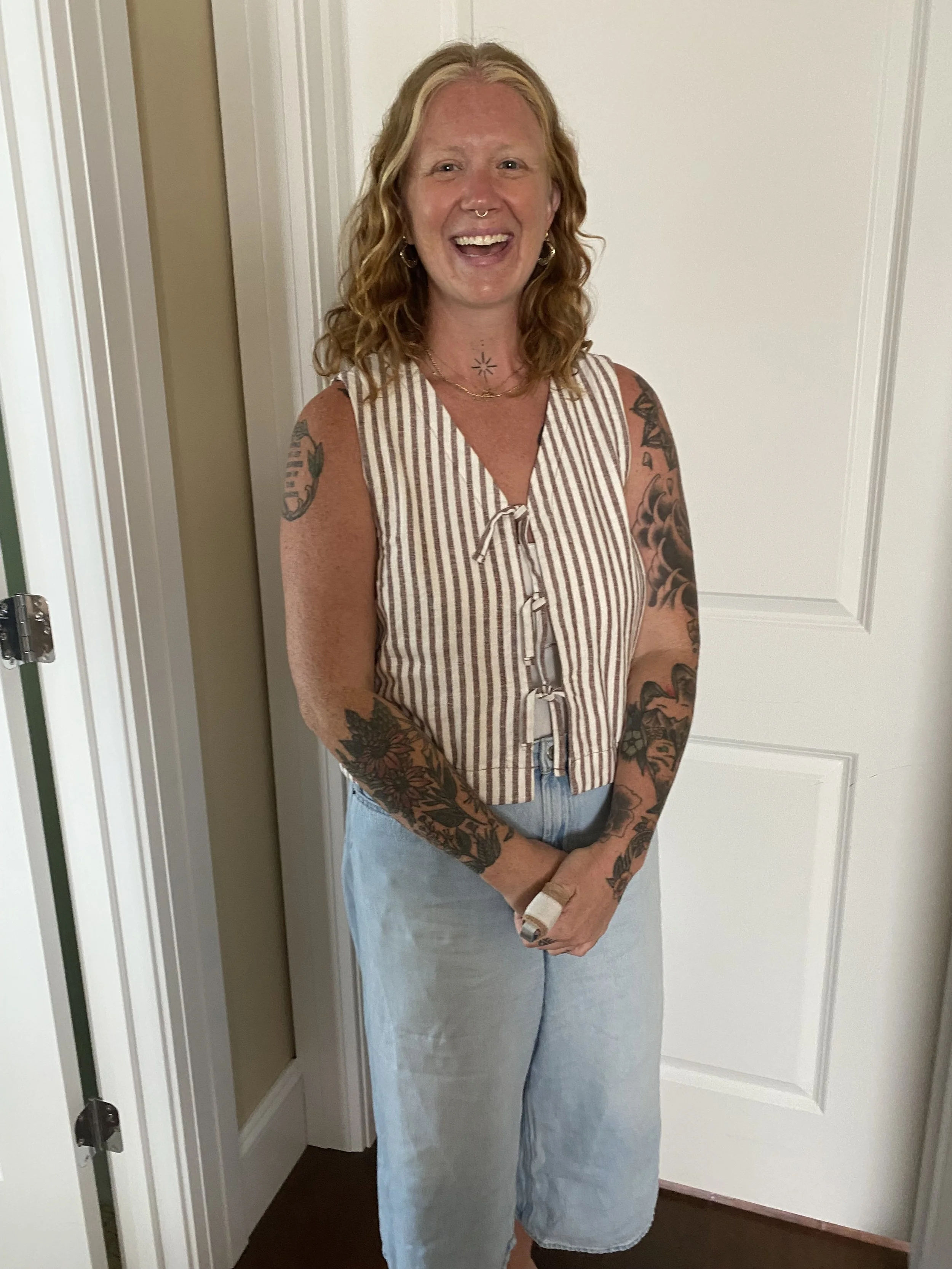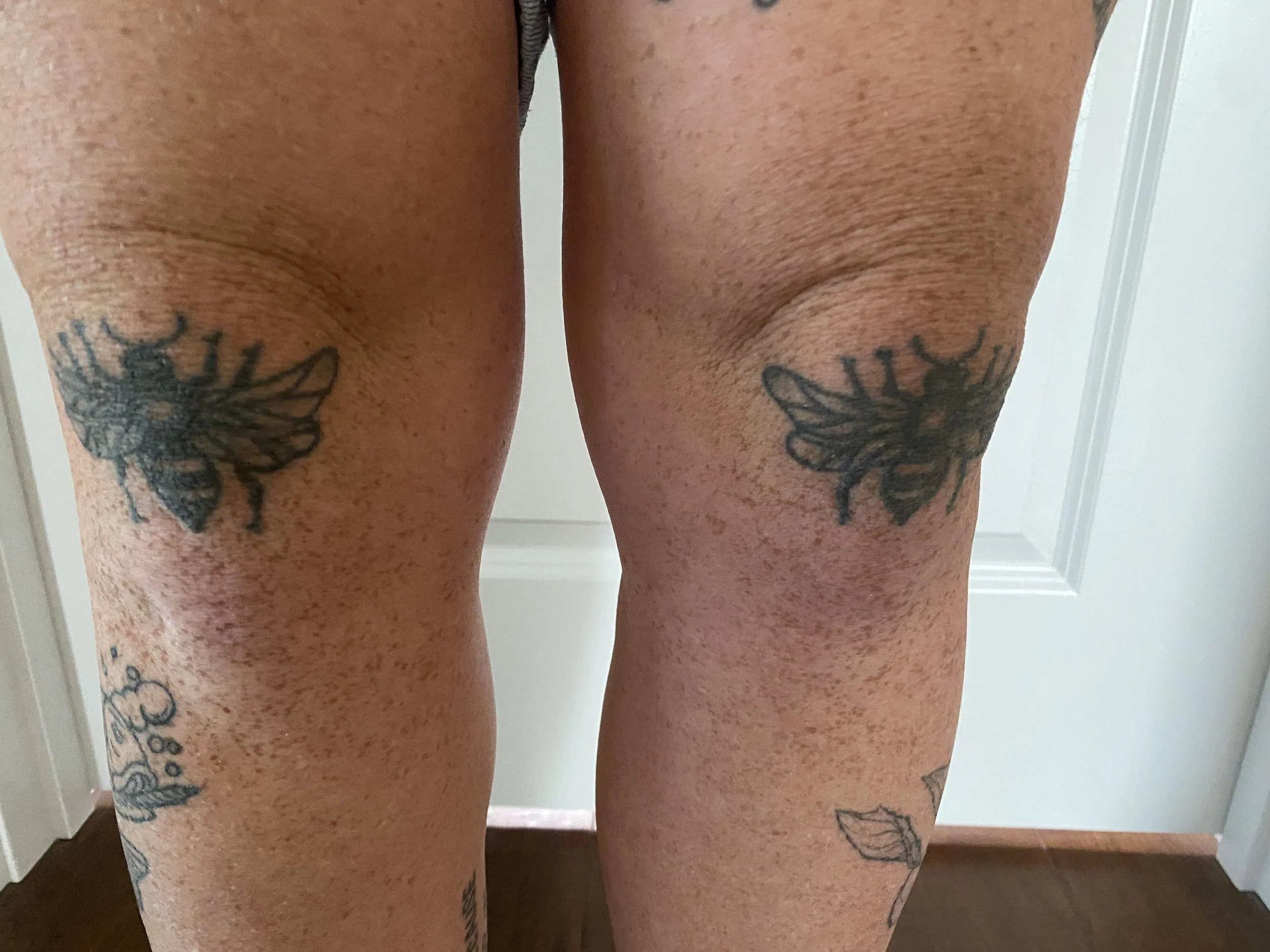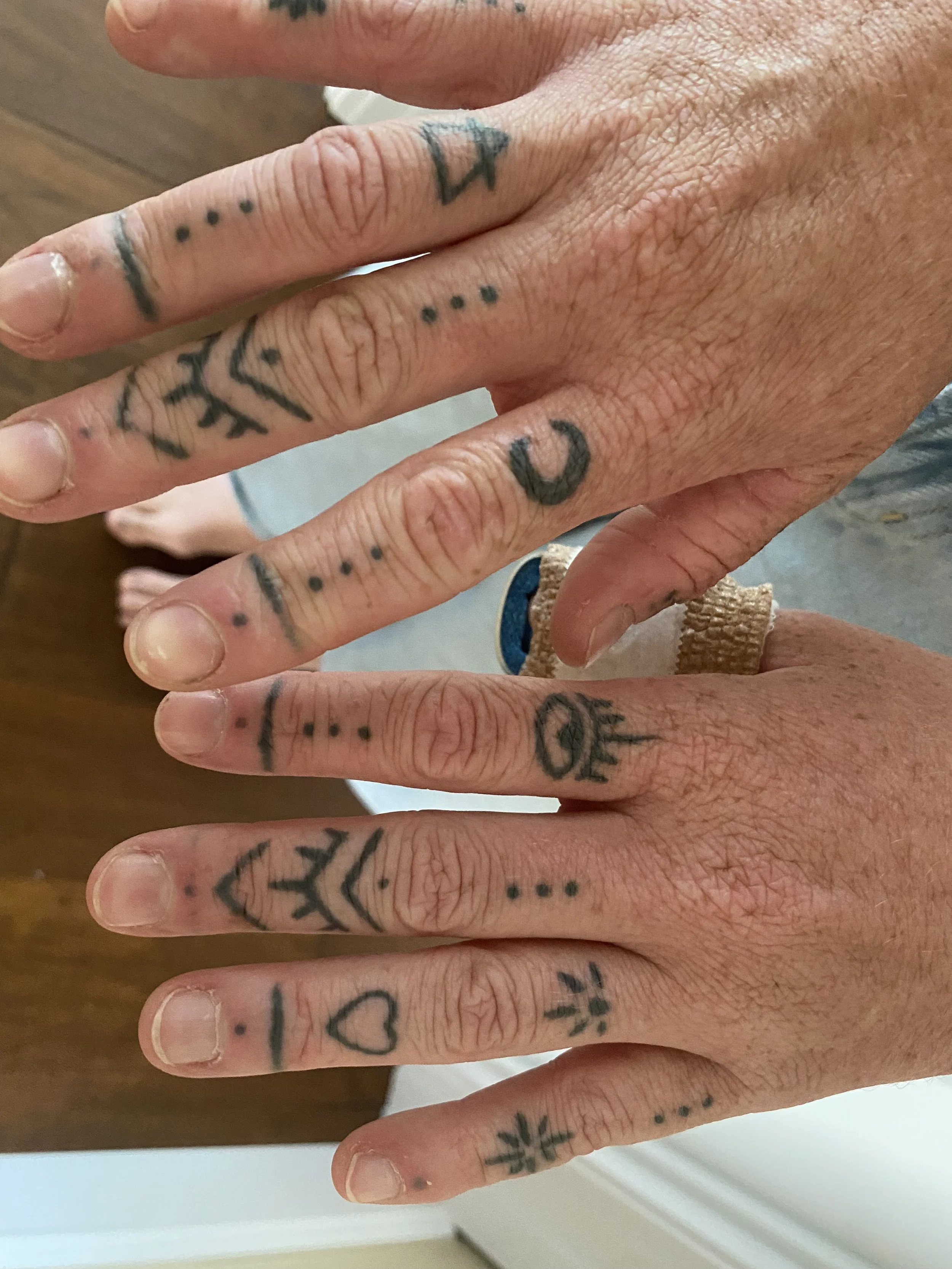WEARABLE ART
/It’s said that the world is divided into two kinds of people: those who have tattoos and those who are afraid of people with tattoos. Fear was not my issue. Mine was more of a question, triggered last week when I handed a young woman a deposit slip at my bank and noticed that her arm featured more colorful ink than skin.
Why are tattoos so popular and prevalent? What makes someone willingly cover their arms, legs, back, front, fingers and toes with inked designs?
Consider the statistics: 38% of women and 27% of men have at least one tattoo. One-in-five Americans sport two or more. The majority of them are under age 50. Small tattoos (4 inches) might cost $100 while a “half-sleeve” can start at $1000; “full sleeves” escalate to $4000-plus. Not to forget the pain! Getting a tattoo is described as “feeling like a cat is scratching you,” something I’m not paying to have done.
But I’ve been given insight and understanding by two lovely young women, one a physical therapist at Reform in Kennebunk, the other a young mother of a two-year-old toddler who “used to live locally but now resides in Nashville.” Both have multiple tattoos, both wear nose rings, both are educated and smart. So we talked.
While massaging my arthritically sore right knee, physical therapist Cory told me she celebrated turning 18 by getting her first tattoo — lilies on her ribcage. A while later, she and her best pal had Celtic friendship symbols tatted on their ankles. Today, with five tattoos in total, Cory is happily married, the mother of two young cuties and an excellent physical therapist
“At 18, I felt like I could do anything — so I got the tattoo,” she said. “Now, I get them because I like them.” This August, she and her husband Matt are heading to Chicago to hear an Armenian/American heavy metal band known as System of a Down. “Our favorite,” Cory noted. After the concert, she and Matt have appointments to get tattoos that will read “AIYGIWGWY” (Translation: “And if you go, I want to go with you,” lyrics from “Lonely Day,” their favorite song.)
Then there’s Kassie, 34, who also got her first tattoo when she was 18. Today, she has more than 30 all over her body. “I had to wait until I graduated high school,” she explains. “I didn’t have much confidence and I was quite inhibited,” Kassie says. “Tattoos gave me the shield that I lacked. They gave me a feeling of empowerment. Each tattoo tells part of my life story; some come from a time that I don’t want to forget, so I’ll age and embrace them with no regrets. Life is not permanent, it is what it is.”
Chatting at her grandparents’ Kennebunk Beach home, Kassie told me one of her first “sleeve” tats was a quote by Bob Marley: “Love the live you live, live the life you love.” Her ribcage tattoo states “Luceat Lux Vestra” (let your light shine). Her knees feature honeybees, and she smiles remembering a woman at Logan Airport who approached her and said, “Your wearable art is beautiful. I love the bees!”
“Occasionally, people look at those of us with tattoos like we’re in a gang — or like it’s a stigma,” Kassie said. “But lately I think more people are beginning to appreciate them and to see that it’s art. I have great respect for tattoo artists — they’re smart and they know how to use machinery.”
Kassie’s tattoos cover her arms, legs, ribcage, ears, fingers, even her toes. She admits, “I have a high pain tolerance but prefer to go to female tattooists because they tend to be lighter-handed.”
Little did Otzi the Iceman know what he started when he had small crosses and dots tattooed onto his lower spine, right knee and ankle joints 5300 years ago. No one knows why he did it. Today, 69% of tattooed adults in the United States confess they get inked to honor or remember someone while 47% say they wanted to make a statement about their beliefs. More than 30% get tattooed “to improve their personal appearance.”
I’m not getting a tattoo. And we can talk about nose rings in another blog. But after chatting with two beautiful young women who wear their tattoos with pride and pleasure, I realize there’s far more to “wearable art” than first meets the eye.

